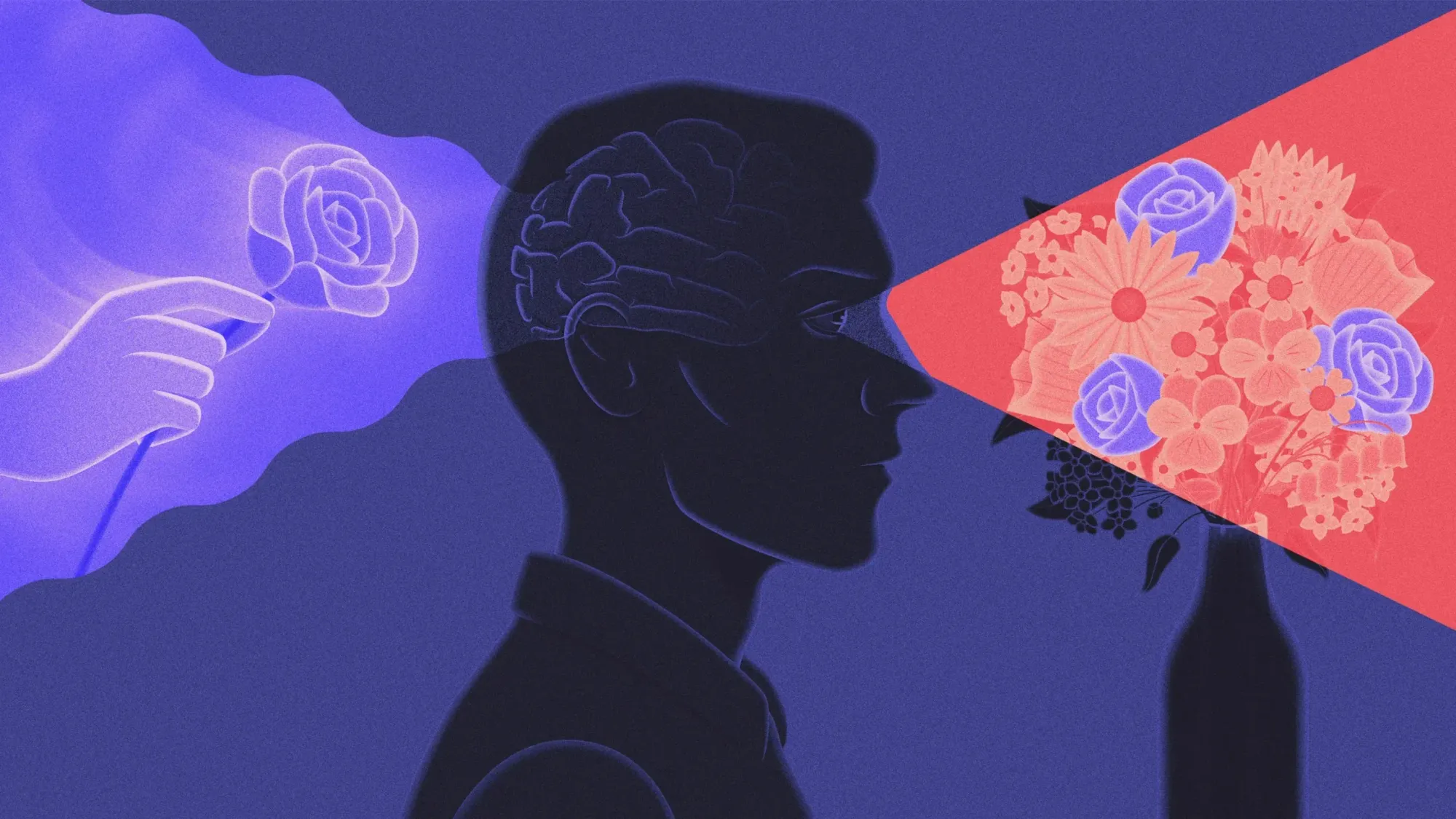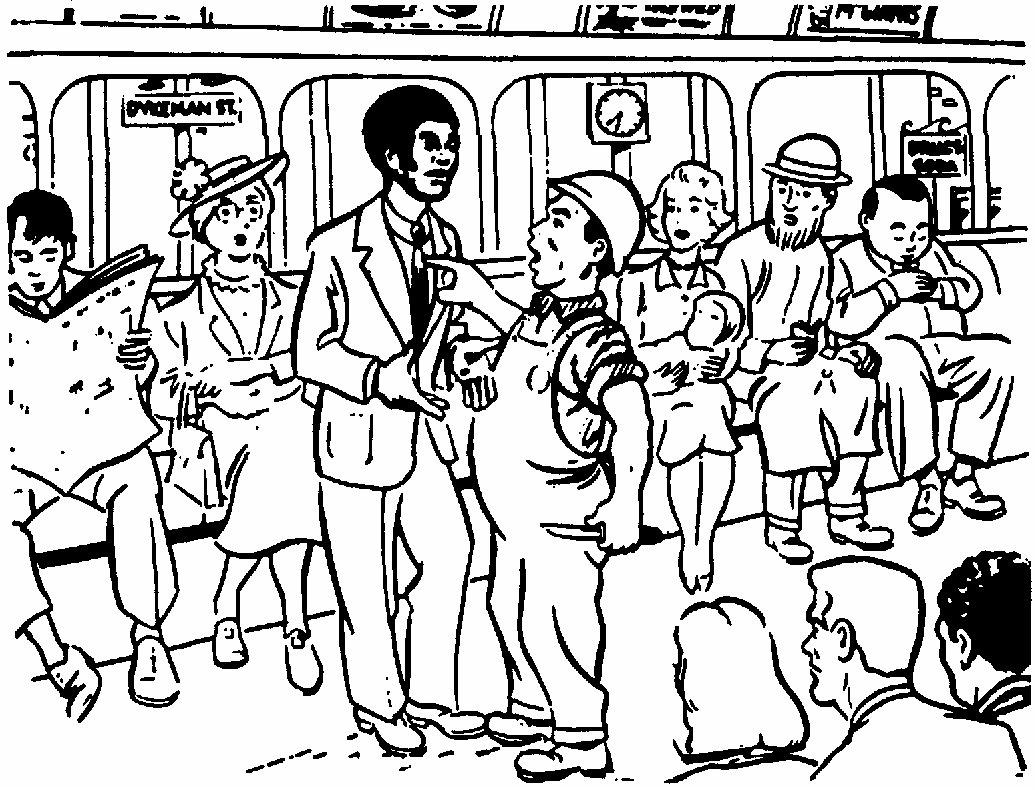How Culture Influences Your Memory: Eastern vs. Western
Memory can differ from person to person. Among many factors, culture is a crucial factor that influences one’s memory. Angela Gutchess, professor of psychology at Brandeis University, states that “culture really shapes your memory”.
The Mind's Inner Workings
The two main types of human memory consist of short and long-term memory. Short-term memory (STM) refers to the information in one’s mind, actively storing a small amount of information for a short time.

On the contrary, long-term memory (LTM) refers to everything remembered from the past, storing an unlimited amount of information for a long time (Mcleod).
LTM also has limitations: it is selective and distortive; it does not entirely or accurately enable the recalling of information, making it a less reliable source of information (Fechner). Now that the mind’s basic structure is understood, how culture shapes one’s memory can be discussed, including one’s ability to memorize information using different memorization strategies, the selectivity of LTM, and the distortion of LTM.
Storytelling and Memory
Firstly, culture can influence how effectively one remembers information using different memorization strategies. A study was conducted by Cole and Scribner in 1974 investigating cross-cultural memory, where schooled American and Liberian children, as well as illiterate, non-schooled, tribal Liberian children, were shown a list of twenty items, explicitly consisting of five things in four categories. The researchers showed the children each item individually, and asked them to recall as many as possible (Hannibal).
While the American and Liberian children attending school could remember more items with every trial, the tribal Liberians struggled; after placing on average ten things on the first trial, they could only place two more things after fifteen additional tests (Crane). This may suggest that Liberians do not have excellent memorization skills, but this can be refuted because the schooled Liberians performed just as well as the Americans.

Upon further analysis, the researchers discovered that the schooled children grouped items into similar categories to aid memorization. For instance, they would list all clothing items, food, etc. However, the tribal Liberian children did not show any pattern in their order of recalling the things (Cole).
A variation of the study was then conducted, where instead of listing out the items one at a time, they were linked together as a story. The tribal Liberian children quickly recalled the things in a narrative and chunked them according to their roles in the story (Ratner). This presented a surprising conclusion: rather than having poor memorization, which could be assumed from the initial study, they were able to memorize more information when it was presented in a different format, showing that culture affected the memorization strategy that was the most effective for each participant.
Since culture does not simply refer to one’s nationality but rather one’s lifestyle, one could argue that while the schooled and tribal Liberian children are of the same race, they do not experience the same culture, an example of this being the education they receive. The traditional schooling system frequently assesses students using standardized tests, which require students to recall specific information without any prompts, allowing them to naturally excel in the free recall task where prompts are not given (Marzano et al.).
On the contrary, tribal Liberians would perform better in the second study, as storytelling is a large part of their culture; it serves to preserve the tribe’s history and culture, which will be passed on from generation to generation (Spinks). It is also worth noting that storytelling is a common memorization technique within illiterate African societies (Finnegan), and the tribal Liberians were genuinely illiterate. Therefore, each participant’s culture determined their way of life, influencing what memorization strategies they were most familiar with and thus the experiment in which they would perform better. Combined, the two variations of Cole and Scriber’s study show how culture can affect the memorization strategy that allows one to memorize information most effectively.
Visual and Auditory Memory
Culture can also affect the selectivity of one’s LTM. As previously mentioned, LTM is selective, meaning it only remembers the fraction of information acquired, explaining the phenomenon of forgetting. In 2001, Masuda and Nisbett investigated how culture affected this selectivity of LTM by conducting a study consisting of Eastern and Western, specifically Japanese and American participants.

Each participant watched an animated vignette of an underwater scene and then recounted the events within the scene. It was found that the Americans thought more analytically, focusing on primary, visual details, while the Japanese thought more holistically, focusing on contextual and interpersonal details. For example, the Japanese participants mentioned information regarding the background entities, such as the smaller fish, as well as relationships between entities twice as much as American participants, who focused more on describing the most prominent fish within the scene (Masuda and Nisbett).
These results can be explained by looking into the origins of Eastern and Western cultures. Ancient Chinese traditions such as Taoism believe that all things are interdependent and can only be understood when compared to their opposite; their holistic practices may have influenced the cognition of modern Easterners. This also applies to Westerners; they may have derived their emphasis on visual details of primary objects and lack of attention to context from Ancient Greek culture, which believed that a thing must be studied by completely separating it from its environment (Spring).
Since the Easterners and Westerners emphasize entirely different aspects of the underwater vignette, and their tendencies to do so matched with the beliefs from their ancestry, having similar intellectual perspectives, it can be suggested that there is a prominent connection between culture and selectivity of one’s LTM.
Cultural Bias
Lastly, one's cultural background can affect the distortion of one’s LTM. This refers to when the mind remembers an event differently from what occurred, which was previously outlined as a limitation of the mind’s LTM. Allport and Postman’s study investigating the topic in question conducted in 1944 shows there may be a connection between the two variables.
The study consisted of participants who identified to be from White and Black ethnic groups. Participants from each ethnic group observed a cartoon with a well-dressed Black man and an aggressive White man holding a razor. Then, they described the cartoon to another participant from the same ethnic group, which would then repeat. Shockingly, after several retellings, the description of the comic, as told by the White group of participants, switched the roles of the White and Black man, making the Black man the aggressor. In contrast, the description given by the Black group remained accurate (Allport and Postman).

This may be due to racism towards African- Americans at the time, as they were seen as aggressive, and Caucasians were seen as superior to Black individuals (Hackman). Since Caucasians at the time were heavily influenced by their social environment, which put prejudices on African Americans, discriminating against them, the picture painted by their social environment where African Americans are seen as dangerous may have distorted their memory to remember the cartoon as something that they would expect: the Black man being the aggressor instead.
It is also crucial to note the results coming from the Black group of participants. Despite going through several retellings, the description of the cartoon remained accurate, with the White man still playing the role of the aggressor (Allport and Postman). By studying participants from both Black and White ethnic groups, the potential possibility of there being cultural bias is removed since the surprising results of the White ethnic group would not be simply assumed to be due to historical racism but instead strengthened by comparing it to the results from the Black group of participants, thus increasing the validity of the findings.
Through comparing observations made by two different ethnic groups at a time when one of the two was being heavily discriminated against, it is suggested that one’s culture can affect one’s perception and expectations of others to a great degree, to the point where memory is distorted to fit with what they expect to happen.
Ultimately, through the analysis and evaluation of three different psychological studies, it can be deduced that culture can affect one’s memory in three ways: one’s ability to memorize information using different strategies and the selectivity and distortion of LTM.

